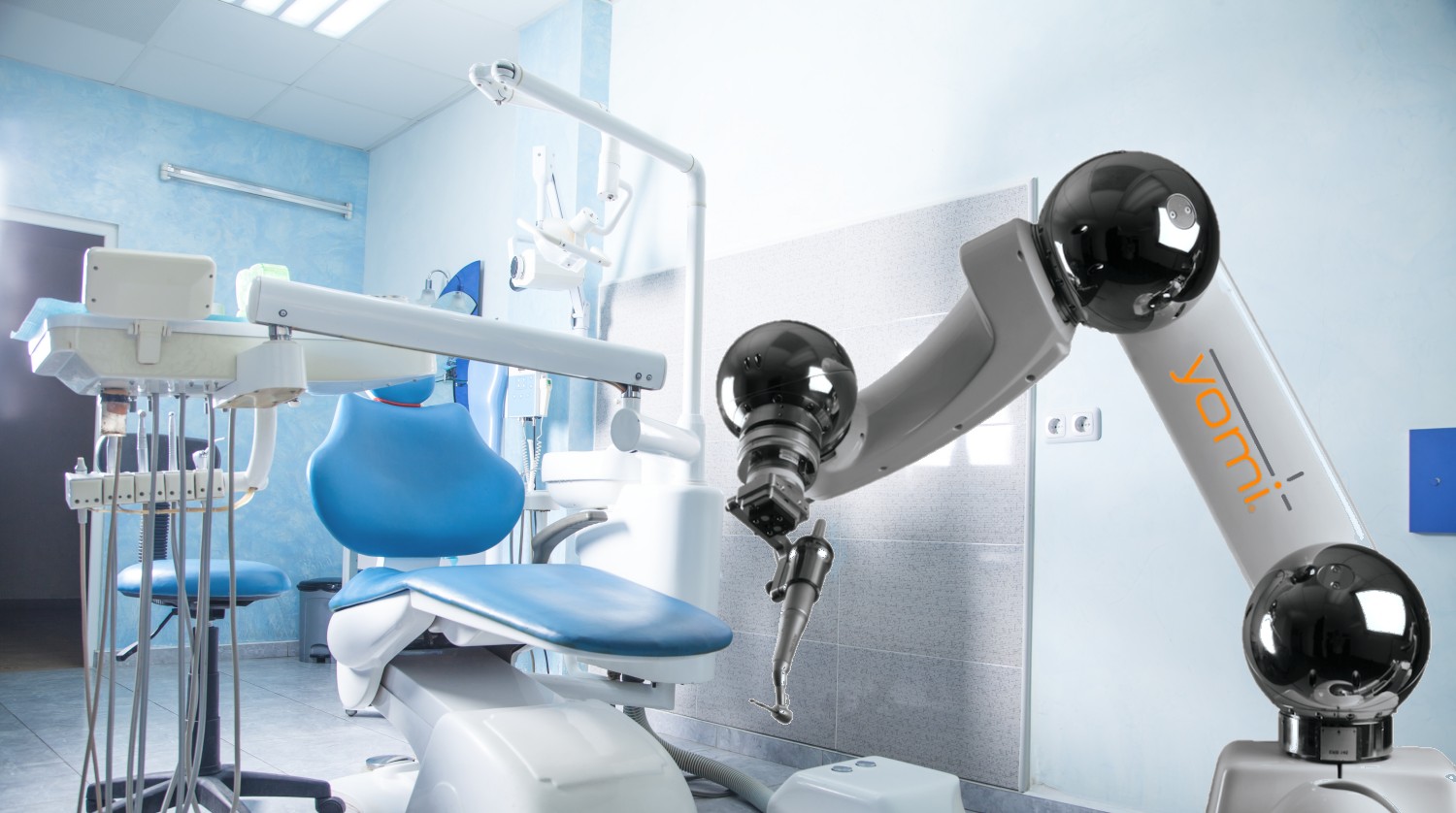The Rise of Robotic Dentistry
Precision and accuracy transforming dental procedures

In the rapidly evolving world of dentistry, robotic systems are poised to transform the way dental procedures are performed. With a focus on precision and accuracy, these cutting-edge technologies are enhancing the skills of dental professionals, streamlining complex treatments, and ultimately, improving patient outcomes.
One of the most promising applications of robotic dentistry is in the field of dental implant placement.
Dental implants, which involve the insertion of a titanium post into the jawbone to replace a missing tooth, require a high degree of accuracy to ensure optimal function and aesthetics.
Traditionally, dentists have relied on their experience and manual dexterity to perform this intricate procedure, with some using stents to help guide the drill. However, robotic systems are now being developed to assist with implant placement, offering higher levels of precision and accuracy than ever before.
Expert insights
Dr. Wayne Thompson, a leading prosthodontist and implant specialist, explains the advantages of robotic dentistry in this context: "Robotic systems can analyse a patient's dental and facial anatomy in great detail, using advanced imaging techniques like cone beam computed tomography (CBCT). This allows for precise planning and execution of implant placement, minimising the risk of complications and ensuring optimal results."
Aside from implant placement, robotic systems are also being explored in other areas of dentistry, such as orthodontics, endodontics, and oral surgery.
Researchers are investigating the use of robots in root canal treatments, where they could potentially navigate the complex root canal system with greater accuracy and efficiency than human clinicians, and assessing their use for accurate 3D cementation of orthodontic brackets.
As with any emerging technology, there are concerns about the potential impact of robotics on the dental profession, particularly in terms of job displacement.
However, most experts in the field agree that robotic systems are more likely to enhance the skills of dental professionals, rather than replace them outright.
Dr. Thompson emphasises this point: "Robotic dentistry is not about replacing human dentists. Instead, it's about leveraging technology to augment our abilities and provide better care for our patients. The human touch, empathy, and clinical judgment will always be essential in dentistry."
While still in the early stages of development and adoption, robotic dentistry holds significant promise for the future of dental care. As these technologies continue to advance and become more integrated into dental practice, patients can look forward to more precise, accurate, and efficient treatments, leading to better overall oral health outcomes.

